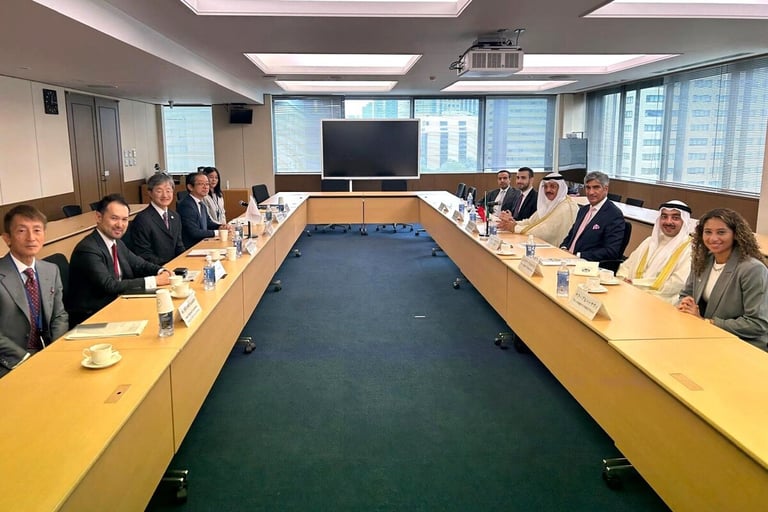Saudi Arabia’s economy has witnessed robust non-oil economic activity, low inflation and record-low unemployment, maintaining its favorable outlook despite elevated global uncertainty and external shocks, said the International Monetary Fund (IMF) after completing the latest Article IV Consultation for the Kingdom.
“The direct impact of rising global trade tensions is limited. Robust domestic demand and the unwinding of OPEC+ production cuts will drive growth despite heightened global uncertainty. Inflation would remain anchored around 2 percent while the external position is expected to weaken. Risks to the outlook are to the downside,” said the IMF.
Non-oil real GDP grows 4.5 percent in 2024
As its economic diversification advances, Saudi Arabia has shown strong resilience to external shocks. In 2024, non-oil real GDP grew by 4.5 percent, driven by retail, hospitality and construction.
Meanwhile, OPEC+ production cuts held oil output at 9 mbpd, causing a 4.4 percent decline in oil GDP and moderating overall growth to 2.0 percent. In addition, inflation remained contained, with housing rent increases continuing to decelerate.
Unemployment among Saudi nationals hit a record low, with youth and female unemployment rates halving over four years.
Saudi Arabia’s real GDP to accelerate to 3.9 percent by 2026
Amid heightened uncertainty and weakened commodity prices, robust domestic demand, including government-led projects, will continue to keep non-oil growth above 3.5 percent over the medium term, said the IMF. This reflects the ongoing implementation of Vision 2030 projects and major international events.
Overall, Saudi Arabia’s real GDP is projected to accelerate to 3.9 percent by 2026, supported by the continued phase-out of OPEC+ production cuts. Inflation is also expected to remain contained, while the current account deficit is projected to persist over the medium term due to increased investment-linked imports and remittance outflows.
However, the Saudi economy’s near-term outlook faces downside risks, including weaker oil demand due to global trade tensions, lower government spending, and regional security risks that could dampen investor sentiment. On the upside, higher oil production or additional investments linked to Vision 2030 initiatives would support growth, and oil prices could rise if the global recovery strengthens or in the case of disruptions to the global supply of oil.
Countercyclical fiscal policy to reduce impact of oil price fluctuations
The IMF commended Saudi Arabia’s strong economic performance despite elevated global uncertainty and external shocks, buttressed by ongoing reforms under Vision 2030 to diversify the Saudi economy. It also welcomed the robust non-oil economic activity, low inflation and record-low unemployment. Despite high uncertainty and the emergence of twin deficits, the outlook remains favorable—helped by appropriate macroeconomic policies, strong buffers, and impressive reform momentum.
The IMF also supported a countercyclical fiscal policy in the near term, given ample fiscal buffers, to support growth and avoid magnifying the impact of large oil price fluctuations.
Over the medium term, IMF directors agreed that a gradual fiscal consolidation is needed to achieve intergenerational equity. This could be achieved through broader tax policy reforms to increase non-oil revenue, wage bill containment, energy subsidy reform, alongside better targeting of social safety nets and streamlining of non-essential expenditures.
Read| CBUAE: UAE financial system remains resilient amid global risks
Banking system remains well-capitalized
The IMF added that Saudi Arabia’s banking system remains well-capitalized and profitable, liquidity conditions are adequate and systemic financial sector vulnerabilities are low.
“The peg to the U.S. dollar remains appropriate, and the central bank’s monetary operations should continue to focus on smoothing short-term liquidity,” the report added.
The IMF noted that significant and wide-ranging reforms—particularly in business regulations, investment efficiency, governance, labor, digitalization and capital markets— will help enhance private sector development and promote economic diversification across the Saudi economy.
“The reform momentum should be accelerated amid high uncertainty, irrespective of oil price developments,” it added. Targeted interventions through industrial policies should complement— not replace— structural reforms and must avoid crowding out private sector investment.








